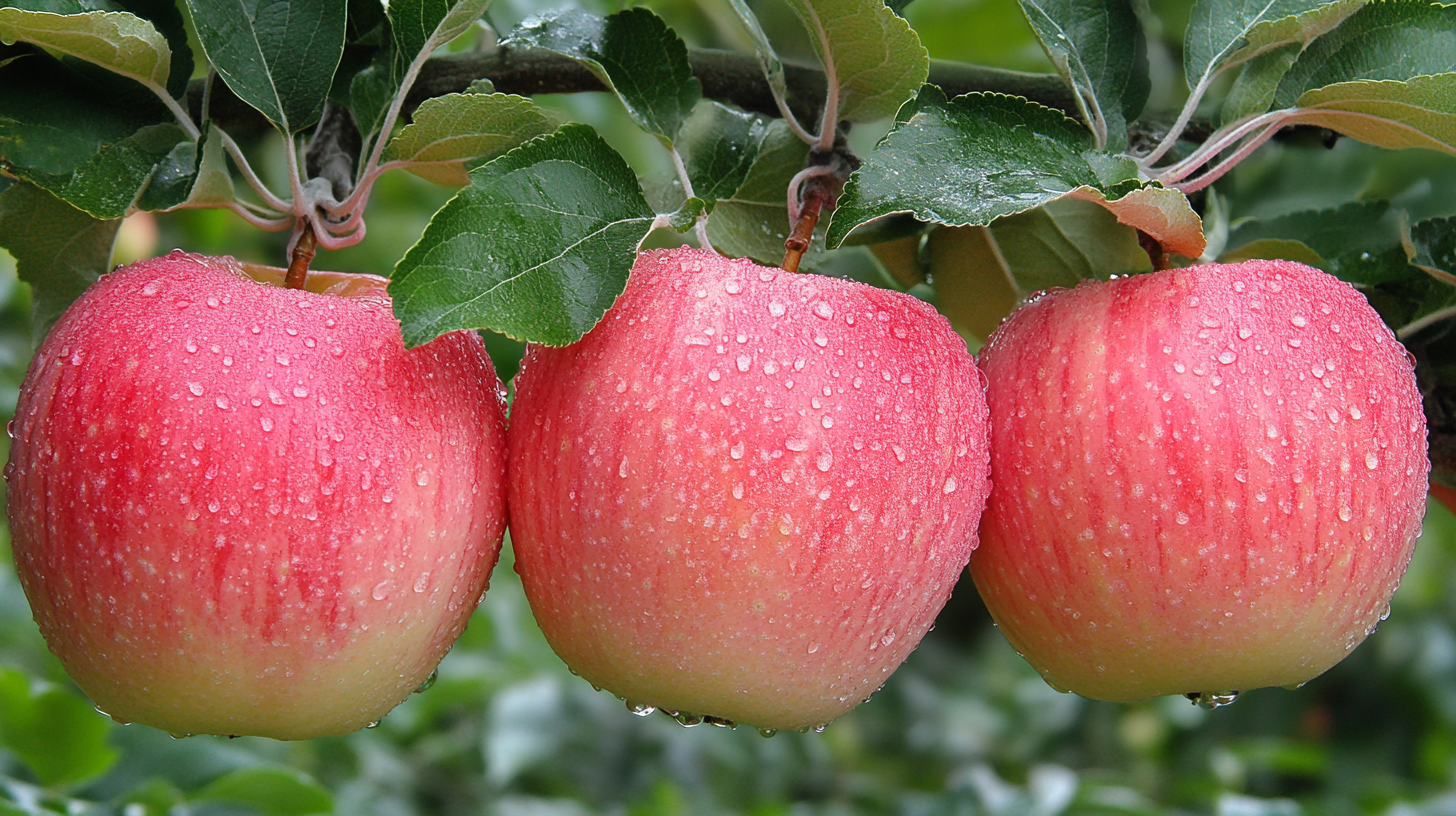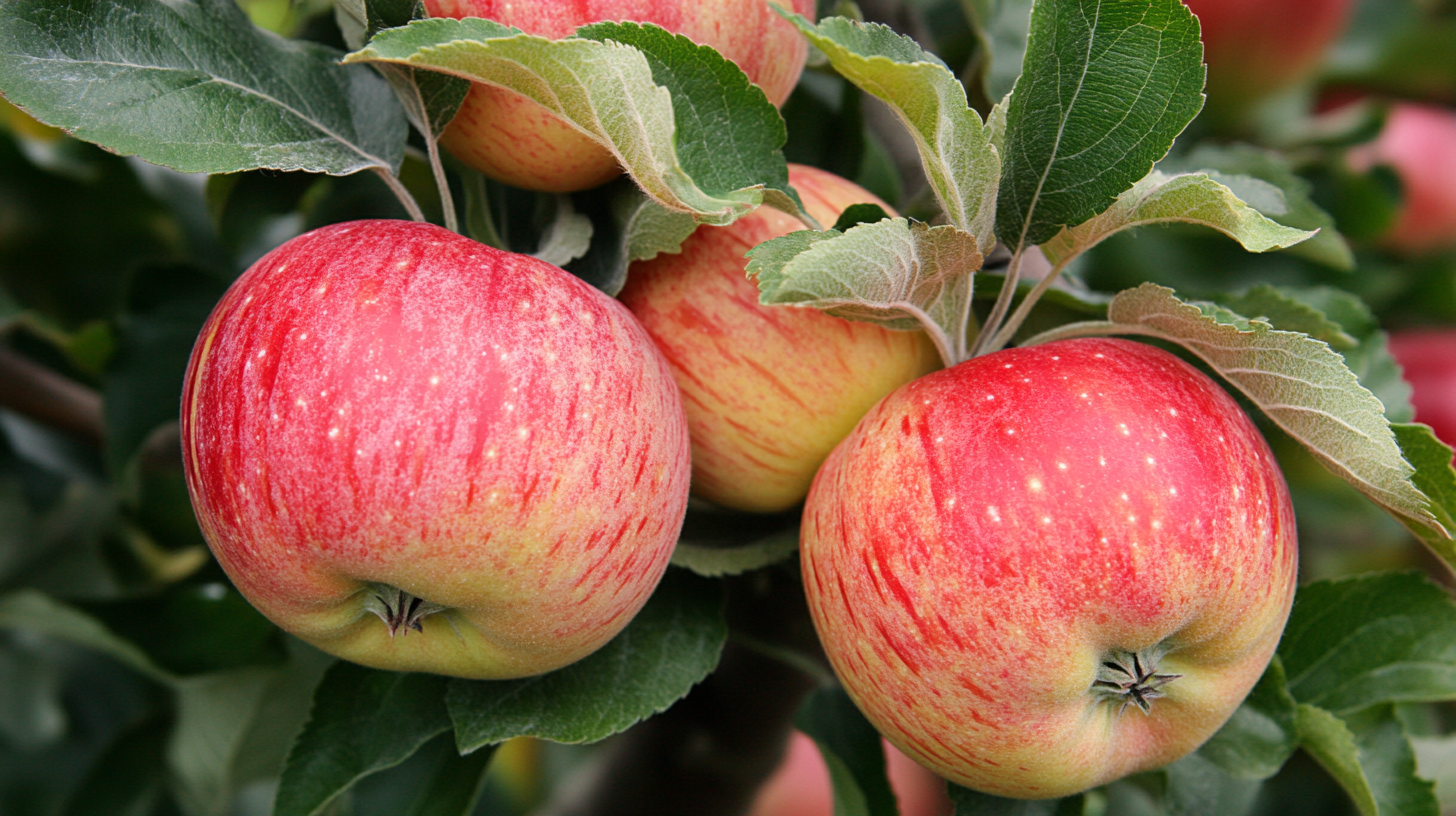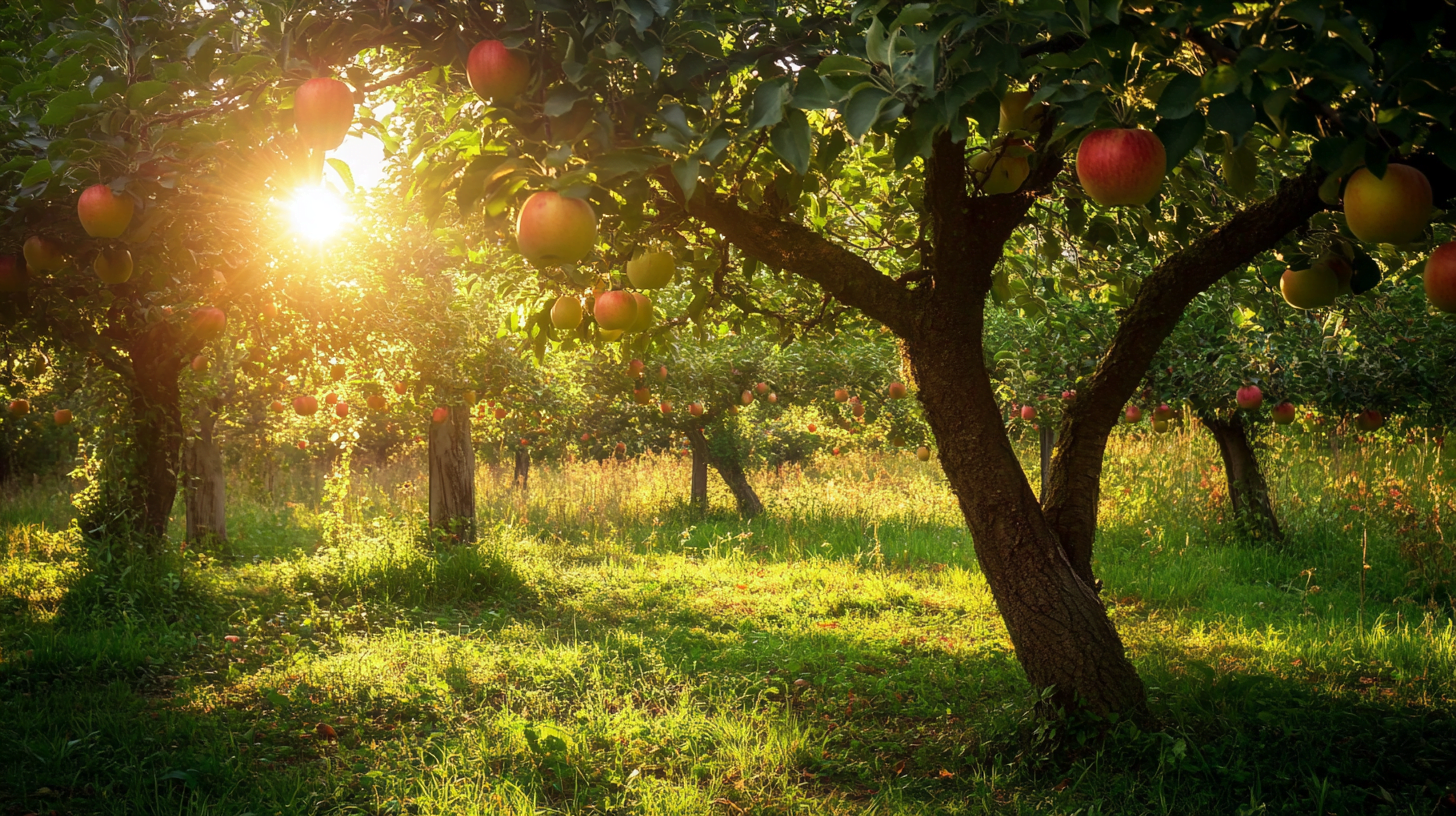Beautiful Plants For Your Interior
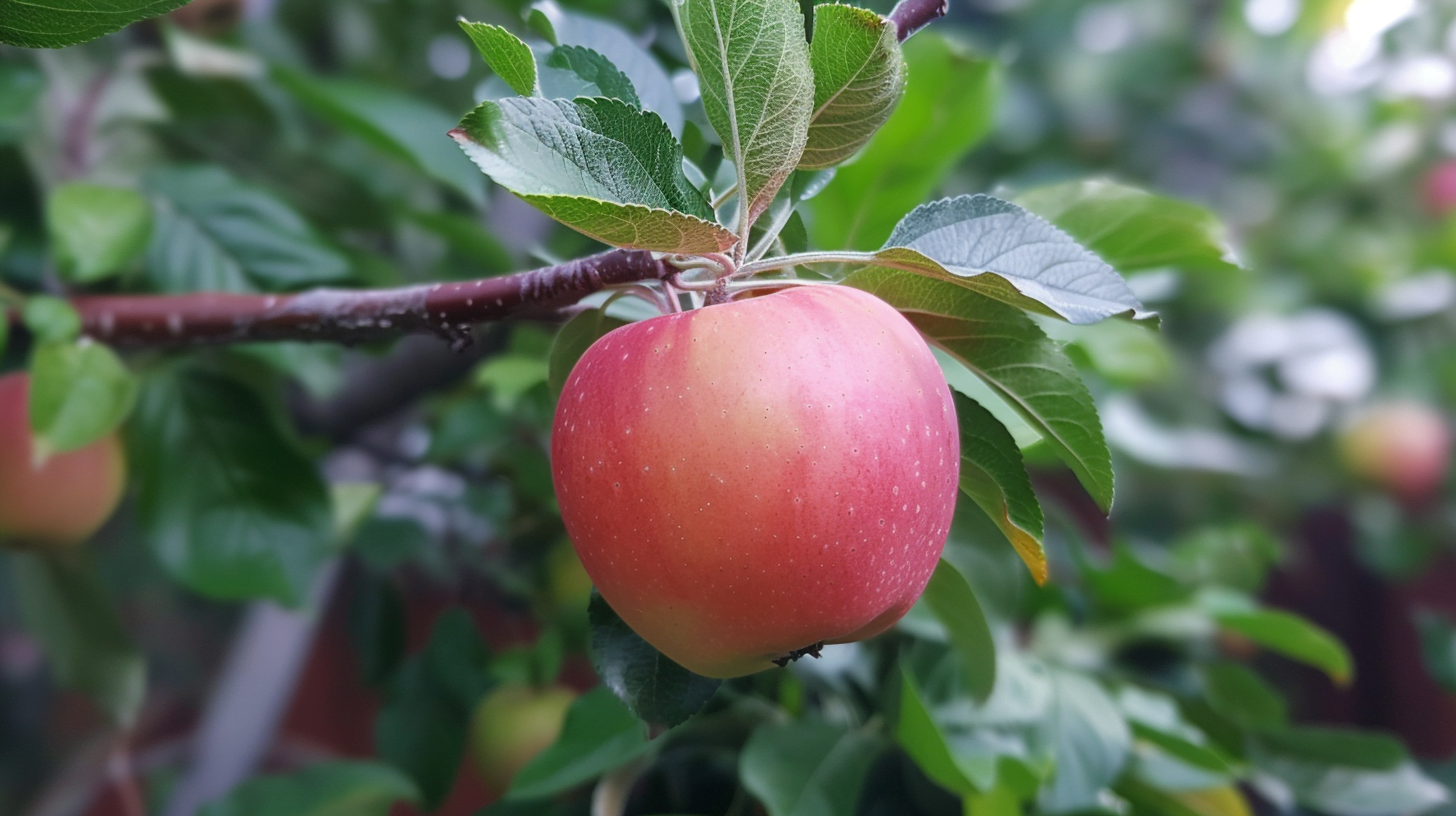
Table of Contents
Florida, known for its citrus groves and tropical fruits, might not be the first place that comes to mind when you think of apple orchards. However, with the right knowledge and techniques, you can indeed grow apple trees in the Sunshine State. This comprehensive guide will explore the ins and outs of cultivating apples in Florida, from selecting the right varieties to overcoming unique challenges.
Understanding Apple Tree Requirements
Before diving into the specifics of growing apples in Florida, it’s crucial to understand what these trees typically need to thrive. Apple trees are generally associated with cooler climates, and for good reason:
- Chill hours: Most apple varieties require a certain number of hours below 45°F (7°C) during winter dormancy to produce fruit effectively. This is known as the “chill hour requirement.”
- Soil conditions: Apple trees prefer well-draining, slightly acidic soil with a pH between 6.0 and 7.0.
- Sunlight: They need full sun exposure, typically 6-8 hours of direct sunlight daily.
- Water: Consistent moisture is essential, especially during fruit development.
Florida’s climate presents some challenges to meeting these requirements, particularly when it comes to chill hours. However, with careful variety selection and proper care, it’s possible to grow apples successfully in many parts of the state.
Low-Chill Apple Varieties for Florida
The key to growing apples in Florida lies in choosing varieties with low chill hour requirements. Here are some of the best options:
- Anna Apple: Requires only 150 chill hours and is self-pollinating.
- Golden Dorsett: Also needs about 150 chill hours and pairs well with Anna for cross-pollination.
- Tropic Sweet: Developed specifically for Florida, requiring around 150 chill hours.
- Ein Shemer: Needs 200-300 chill hours and is known for its sweet-tart flavor.
- Fuji: In certain regions of North Florida, this popular variety can thrive with about 400-450 chill hours.
| Variety | Chill Hours | Flavor Profile | Best Growing Region |
|---|---|---|---|
| Anna | 150 | Crisp, tart | All of Florida |
| Golden Dorsett | 150 | Sweet, similar to Golden Delicious | All of Florida |
| Tropic Sweet | 150 | Sweet, similar to Jonathan | All of Florida |
| Ein Shemer | 200-300 | Sweet-tart | North/Central Florida |
| Fuji | 400-450 | Sweet, crisp | North Florida |
Best Practices for Growing Apple Trees in Florida
Growing apples in Florida requires some special considerations. Here are some tips to help your trees thrive:
- Location selection: Choose a spot with good air circulation and full sun exposure. In hotter areas, providing afternoon shade can be beneficial.
- Soil preparation: Florida’s sandy soil often needs amendment. Mix in organic matter like compost to improve drainage and nutrient content. Consider using raised beds if your soil is particularly poor.
- Watering techniques: Consistent moisture is crucial, especially during fruit development. Use drip irrigation or soaker hoses to provide deep, regular watering without wetting the foliage.
- Fertilization: Use a balanced fertilizer formulated for fruit trees. Apply monthly during the growing season, but reduce frequency as trees mature.
- Pruning and training: Regular pruning is essential for maintaining tree health and encouraging fruit production. Train young trees to an open center or central leader system for best results.
“The key to success with apples in Florida is choosing the right varieties and providing consistent care,” says John Smith, a Florida-based horticulturist. “With the right approach, you can enjoy homegrown apples even in our subtropical climate.”
Pollination: The Key to Fruitful Apple Trees
Most apple trees require cross-pollination to produce fruit. In Florida, where apple varieties are limited, it’s crucial to plan your orchard carefully:
- Plant at least two compatible varieties within 50 feet of each other.
- Consider using crabapple trees as pollinators if space is limited.
- Encourage pollinators by planting nectar-rich flowers nearby and avoiding pesticide use during bloom time.
Best pollination combinations for Florida apple varieties:
- Anna + Golden Dorsett
- Tropic Sweet + Anna or Golden Dorsett
- Ein Shemer + Anna
Dealing with Florida’s Unique Challenges
Growing apples in Florida comes with its own set of challenges. Here’s how to address some common issues:
- Pest management: Florida’s warm, humid climate can encourage pest problems. Monitor trees regularly for signs of infestation and use integrated pest management techniques.
- Disease control: Fungal diseases are common in humid environments. Maintain good air circulation through proper pruning and consider using organic fungicides when necessary.
- Heat protection: In the hottest parts of summer, consider using shade cloth to protect trees from extreme heat and sunburn.
- Frost protection: While rare in much of Florida, occasional freezes can damage apple trees. Be prepared to cover young trees or use frost protection methods during cold snaps.
Case Study: Success in Central Florida
Tom Johnson, a hobbyist orchardist in Orlando, has been growing apples successfully for five years. He shares his experience:
“I started with Anna and Golden Dorsett trees, planting them in raised beds with amended soil. The key has been consistent care – regular watering, monthly fertilization, and vigilant pest monitoring. I’ve had to deal with some fungal issues, but overall, the trees have thrived. Last year, I harvested over 50 pounds of apples from just two trees!”
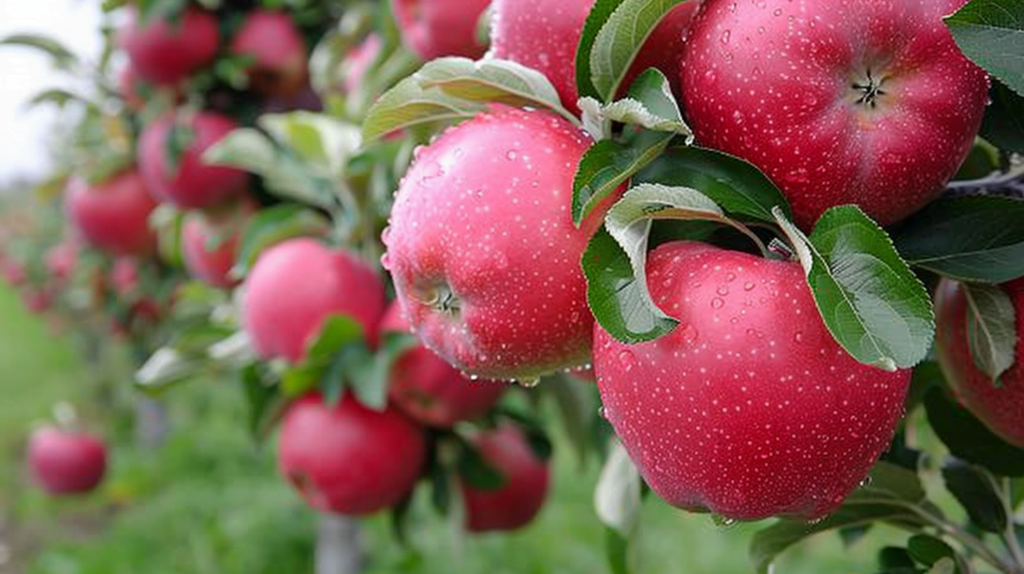
Harvesting and Enjoying Florida-Grown Apples
Florida-grown apples typically ripen earlier than their northern counterparts, often in June or July. Here are some tips for harvesting and enjoying your homegrown apples:
- Look for fruit that comes away easily from the branch when gently twisted.
- Store apples in the refrigerator to maintain freshness.
- Use softer apples for cooking and baking, while saving crisp ones for fresh eating.
Delicious recipe idea: Florida Apple Crumble
- Mix sliced apples with cinnamon, sugar, and a splash of lemon juice.
- Top with a mixture of oats, flour, brown sugar, and butter.
- Bake until golden and bubbly for a perfect summer dessert!
Conclusion: Embracing the Challenge of Florida Apple Growing
While growing apples in Florida may require more effort than in traditional apple-growing regions, the rewards are well worth it. With the right varieties, proper care, and a bit of patience, you can enjoy the satisfaction of biting into a crisp, juicy apple you’ve grown yourself – right in the heart of the Sunshine State.
Whether you’re a seasoned gardener or a curious beginner, don’t let Florida’s climate deter you from trying your hand at apple cultivation. The unique challenge and the sweet success of harvesting your own apples make it an adventure worth undertaking. So why not give it a try? Your own backyard apple orchard might be just a few trees away!
